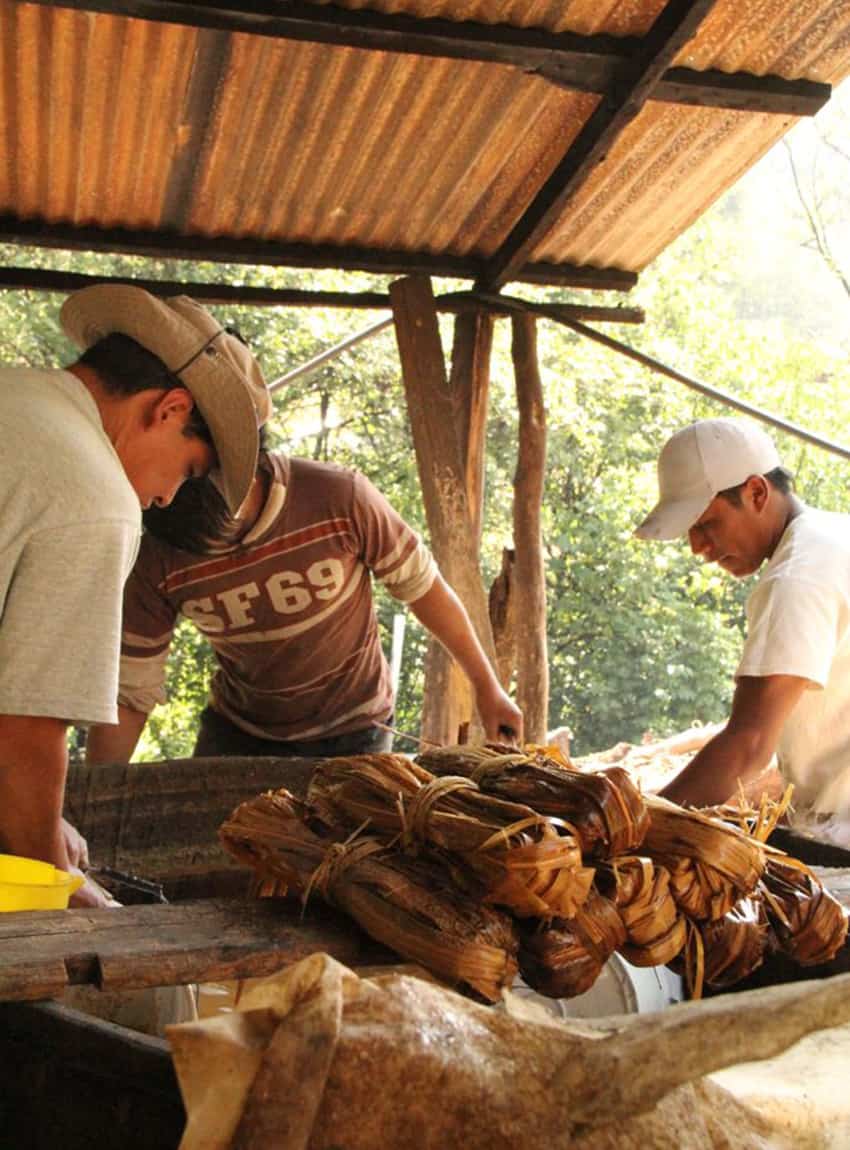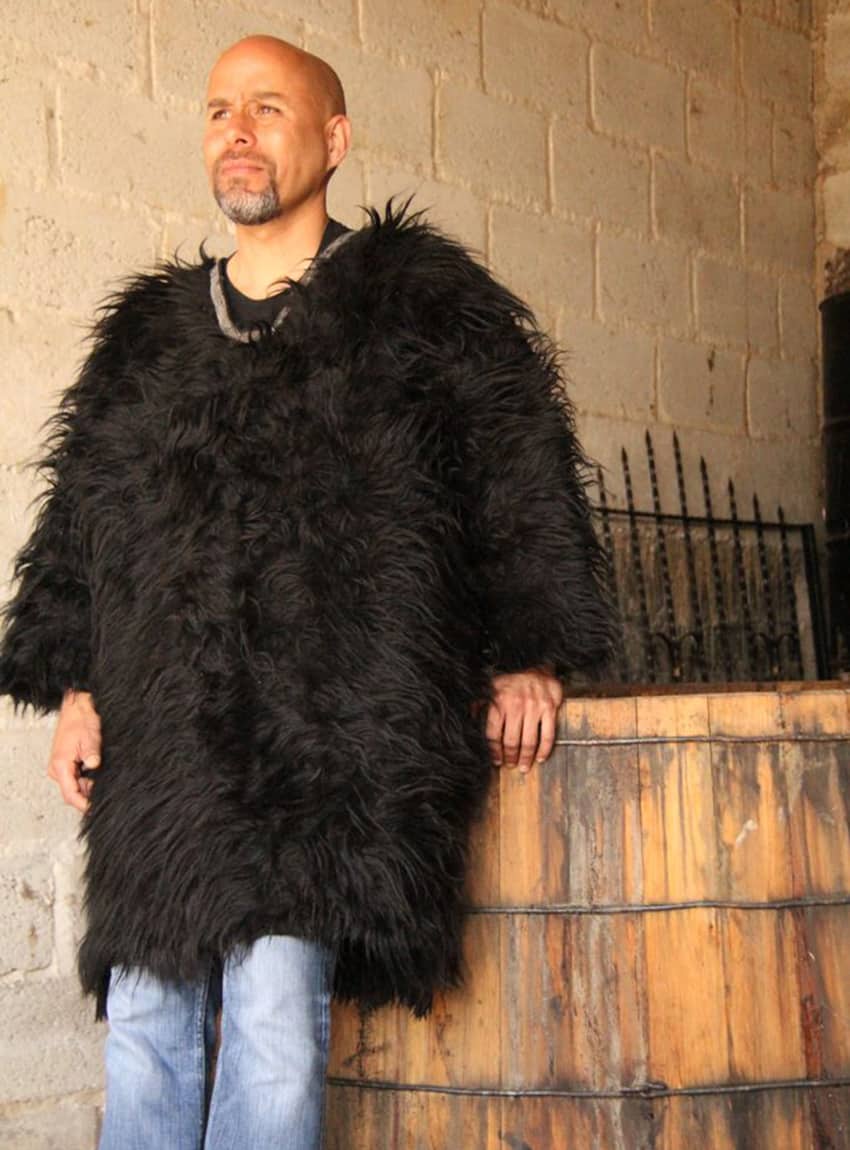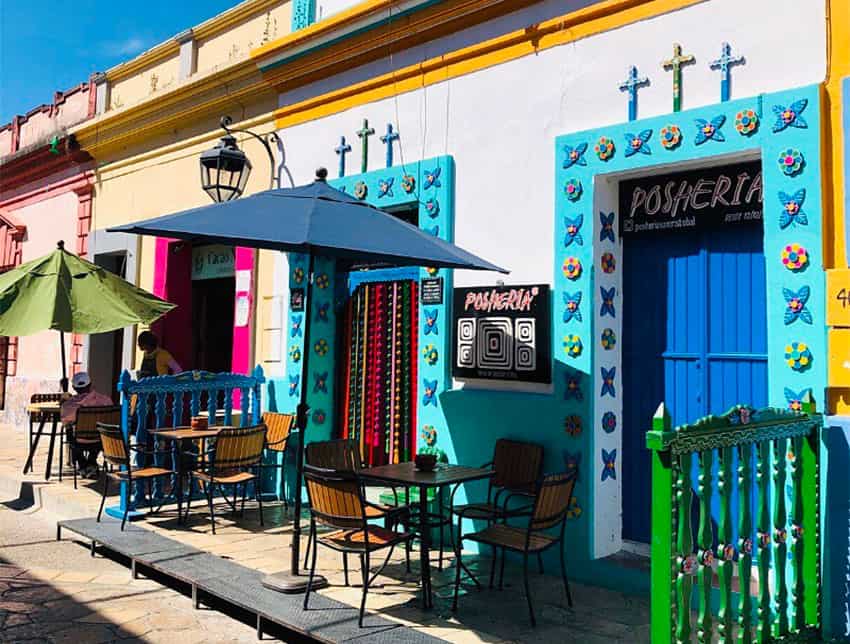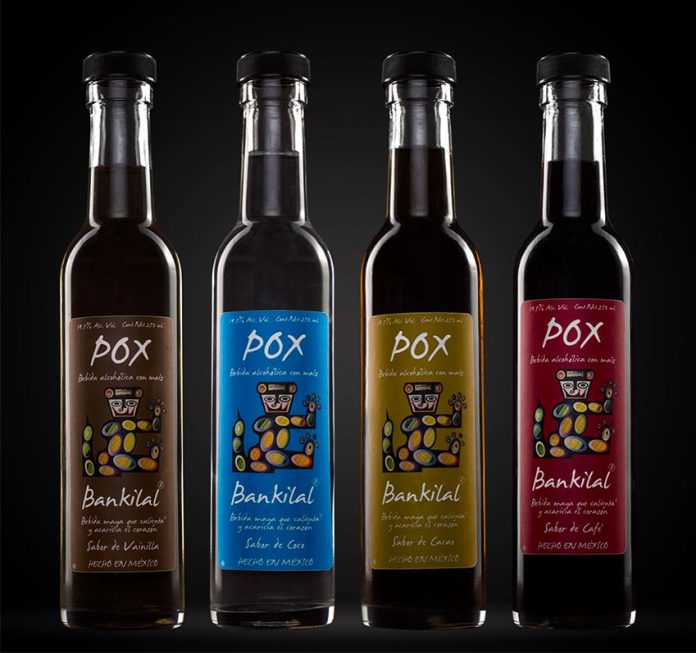Mexico is a country that offers such a dizzying array of native alcoholic beverages that for the astute researcher, a prolonged stay may require packing an extra liver.
As mezcal is becoming more popular in cocktails at high-end bars across the world and pulque is being canned in Chicago, it surprised me to discover another pre-Hispanic drink, pox.
Pronounced posh, this traditionally fermented corn-based spirit (although more modern variants are made with wheat or cane or both) has for centuries been sacred to the Tzotzil Maya of Chiapas, chiefly in San Cristóbal de las Casas, San Juan de Chamula, and Tenajapa. First and foremost, a medicine (poshil means means medicine in Tzotzil), this enchanted elixir is also believed to act as a mediator or doorway to the underworld, to ensure that both are in balance.
Pox is used in major ceremonies such as births, baptisms, weddings and funerals.
In the book Ancient Mayan Commoners, anthropologist Evon Z. Vogt writes that at most Tzotzil ceremonies, “a ritual meal is always served on a rectangular table oriented along the daily path of the sun … at the center of the rising sun end of the table are placed a bottle of sugarcane liquor, a shot glass and a bowl of salt.”

“It is here at the head of the table that the tot’il-me’iletik [fathers-mothers], the ancestral gods of the patrilineage, are believed to be seated,” he writes. “These ancestors inhabit hills or mountains above the lands on which their descendants live, but they come to participate in the ceremony … the senior man signals the young man designated as the drink pourer to serve the first round of liquor from the bottle at the head of the table. (Here the participants are symbolically drinking with the ancestors, and the liquor is believed to open the circuits of communication with these supernaturals).”
There has been little chance to appreciate this nectar of the ancestors outside of several villages in Chiapas, which is why the rest of us are fortunate that in 2010, Julio de la Cruz opened Posheria, which has opened the palate of the world to this magical medicine.
In 2010, when he discovered the magic of pox for himself, Cruz was a jewelry maker who happened to go on a tour with a friend who was a prominent local guide in San Cristóbal and the surrounding areas. On this occasion, they visited the village of Tenejapa, and a family invited them into their house where a ceremony was being prepared.
Glasses were produced, and Cruz and his friend were offered the transparent liquid. Feeling as if he needed to drink it so as not to offend their hosts (among them the mayordomo, or host), he drank and marveled at the taste, filled with an immediate need to know more about this spirit.
“It was in the highlands, with the copal [a type of tree], with the traditional music of this community, in their traditional dress. At that moment, the magic started, the adventure,” Cruz said.
Later, he asked his friend, “What was that drink they gave us?”

After he was told it was pox and that it was a traditional drink among the Tzotzil Maya, Cruz decided then and there to explore more about this sacred beverage.
He was introduced to a man named Don Lorenzo, who would become his teacher and mentor as he learned the subtleties of making pox in the traditional way. Going back to Don Lorenzo’s grandfather, the family had only produced pox made of corn.
This is the more traditional way to make it, and on one particularly meaningful occasion, Don Lorenzo gave Cruz his family’s recipe.
At first, Cruz needed to convince people that pox was not dangerous, that it would not make them blind, that it was a liquor to be esteemed alongside tequila and mezcal. Now, fortunately, that is not part of Cruz’s job, and the popularity of Posheria is growing every year, so much so that they are looking at opening an office in New York to allow for greater export to the very thirsty United States market.
It took years of work and patience to legitimatize Posheria by all local and national standards. In 2012, the Mexican government created the Marca Chiapas distinction, whose stamp verifies products made in Chiapas. Posheria was the first producer of the spirit to receive this auspice.
As more people became aware of Posheria and more media told Cruz’s story, the brand grew to open another location on the popular Paseo do Montejo in Mérida, Yucatán.

In accordance with the sacred, cosmic import of pox in Tzotzil Maya culture, all batches made by Posheria follow a 28-day period, starting with the new moon and culminating in a finished product at the end of the lunar cycle.
Spring water and ingredients are added to a large wooden barrel, whose contents must then be stirred with a wooden paddle from 7 a.m. to 10 p.m. Stirring is done in shifts among a group of people to ensure consistency.
After this, the barrel is covered for roughly seven to nine days, when the lid is taken off and, as Cruz explains the fermentation process, “You see the soul, the life of the posh. You can see the way that it moves, that it’s alive.”
After this, the liquid is put into barrels on top of a wood fire and distilled. The pox is then bottled and labeled by hand roughly a full lunar cycle after the process started.
Currently, Posheria offers various poxes — Pox Tradicional, Pox Ancestral, Pox Ceremonial, and Pox Sabores (with over 20 flavors, from coffee to mango), which can be purchased in bottles or in a cocktail in their two locations, as well as in shops and bars from Mexico City to Tulum.
Pox has made its way since the 2010s into high-end bars in places like Mexico City and Tulum, but interest in the beverage is also gaining outside Mexico, with several establishments in the U.S. pouring the beverage for their customers. In fact, the international market is growing to the extent that Cruz is planning to open an office in New York, and he recently received a call from a restaurant in Ireland interested in making an order.
Cruz emphasized how honored and grateful he felt to introduce pox to people from around the world, showcasing a previously little-known facet of Mexico’s history and culture. By focusing so acutely on preserving the traditional way of doing things, as well as bringing pox to people who have never experienced or heard of it, Posheria is maintaining and enlarging the reach of traditional Mayan medicine for generations to come.
• To find out more about Posheria visit their website at www.posheria.mx.
Andy Hill is a traveler and writer living in San Cristóbal de las Casas, Chiapas.
